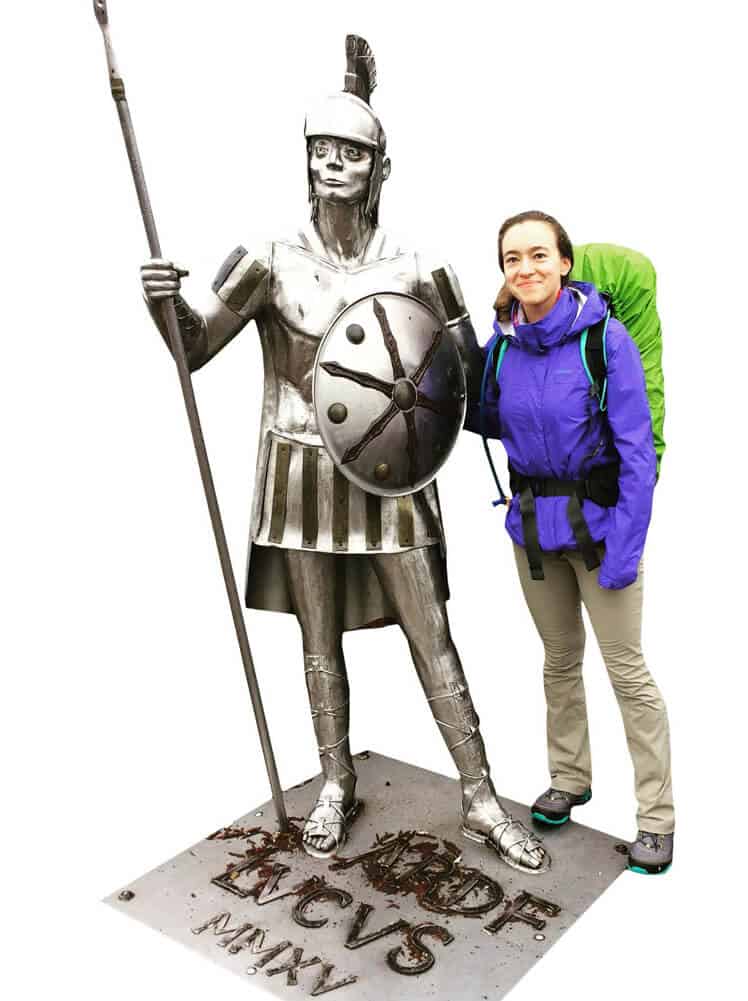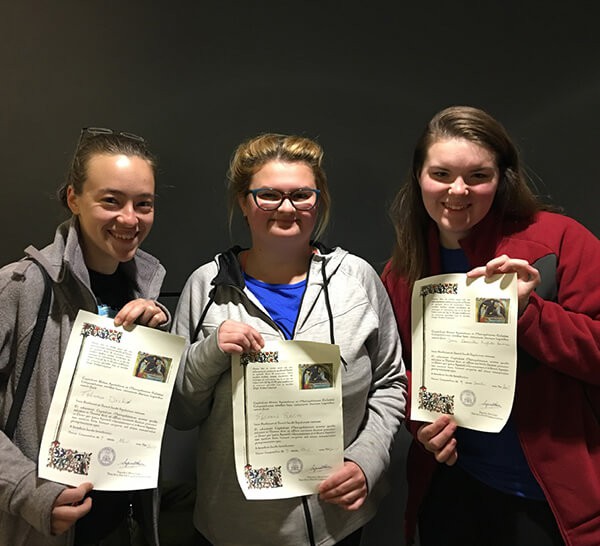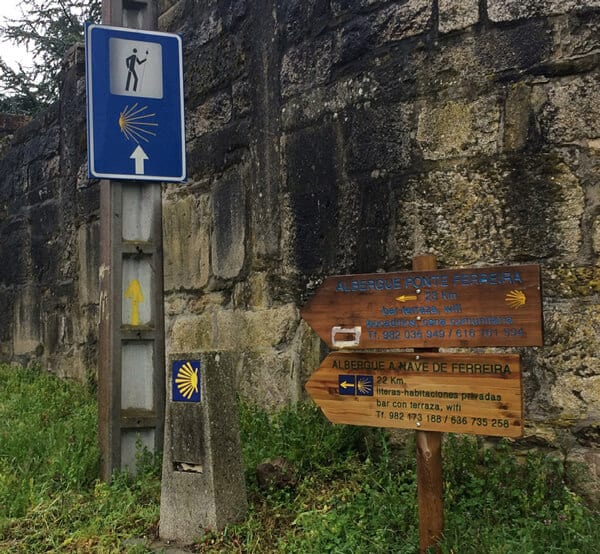Hiking the Camino
by Dr. Michael Burriss
This article appeared originally in the Fall/Winter issue of Frontiers Magazine.
The Camino de Santiago (the Way of St. James) is a medieval pilgrimage that wends its way through Northern Spain. Since the turn of the second millennium, pilgrims from across Europe have walked the Camino, enduring harsh conditions, to reach the legendary resting place of Jesus’s apostle St. James (son of Zebedee) in the city of Santiago de Compostela.
According to Christian lore, St. James proselytized throughout the Roman province of Hispania (Spain). After his martyrdom in Jerusalem, his body was carried to the area now known as Galicia, where his remains lay forgotten until 815 A.D. A small chapel, which eventually became the world-famous Cathedral of Santiago de Compostela, was built on the site.
Over the centuries, pilgrimage to the cathedral ebbed and flowed during times of war and peace. However, in 1993, UNESCO declared the Camino a World Heritage Site, and a veritable renaissance was started. Many of the amenities pilgrims now enjoy (including lodging, food and directions) owe their existence to this revival.

Tania Drahun poses next to a statue of a Roman soldier in Lugo, Spain.
“Our students returned home feeling almost nostalgic for the country they left behind. This is the kind of travel that changes you forever.”

The SMC peregrinas (pilgrims) holding their Compostela, a document historically given to pilgrims as evidence of their completion of the pilgrimage. From left to right, Tania Drahun, Hannah Bublitz and Samantha Jane Hughston-Varnum.

Typical directional markers along the Way. The scallop shell, one of the most often used symbols to mark the trail, is a metaphor. It’s said that the lines represent the different routes pilgrims travel from all over the world.
In March 2017 (SMC’s spring break), I traveled with three intrepid SMC students to walk a 77-mile section of the Camino. To endure five days of walking 15+ miles with heavy packs, Tania Drahun, Hannah Bublitz and Samantha Jane Hughston-Varnum began training (physically and mentally) during fall 2016. The traditional route, known as the Camino Frances, is 500 miles long and typically takes five weeks to walk. Because we didn’t have that much time, we did a portion of the Camino del Norte and met up with the Frances trail in Arzua.
We started walking on Sunday, March 5, in the town of Lugo and finished on Thursday, March 9, in the town of Santiago de Compostela. The students learned what it means to be a modern-day pilgrim and how difficult it must have been for earlier pilgrims who didn’t have fancy boots, packs and other equipment.
This was the first trip overseas for Bublitz and Hughston-Varnum. While there was some culture and physical shock (even with training, nothing can prepare you for walking about 25 kilometers a day in the rain and mud), all three students endured and persevered. They practiced their classroom Spanish in real-life situations (finding lodging and food). They saw a part of Spain that most people will never get to experience. Walking across a country allows you to know it much more intimately than going with a tour group because it forces you outside of your comfort zone. While this was challenging at first (and, at times, throughout the trip!), our students returned home feeling almost nostalgic for the country they left behind. This is the kind of travel that changes you forever.
